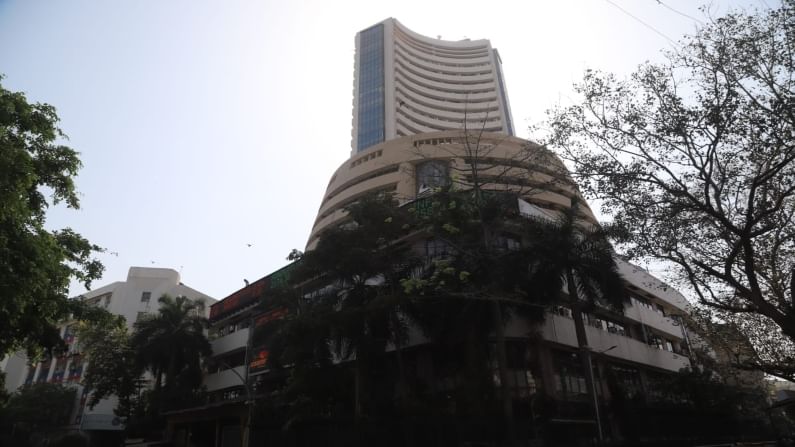What is share buyback? Here's all you need to know
Buyback happens when a company buys its own shares from the market at a premium price for a number of reasons like to increase the value of remaining shares, increase overall holding value or giving less dividend to the market.

Whenever a company announces buyback, stock market investors start contemplating – what to do? Participate in share buyback? Or stay away from it? Will it give good returns? Here is the explanation of share buyback and what you as an investor should do. All questions related to share buyback answered here:-
What is share buyback?
Basically, a buyback happens when a company buys its own shares from the market at a premium for a number of reasons like to increase the value of remaining shares, increase overall holding value or giving less dividend to the market.
Why do companies go for a buyback?
Generally, when a company feels that their shares are undervalued and have surplus cash, they go for it. The buyback also shows that management is confident about the performance of their business in the future.
What’s the standard procedure of share buyback?
First, the company has to announce its buyback date and offer price in advance, whoever is holding the share on that date is eligible for buyback action. Then the company sends a tender offer letter to all shareholders. This letter provides details of shareholding and how many shares, he or she is selling to the company at the buyback price. The letter also keeps details of the tender period; a user can give authority to the broker for buyback participation. Now, the broker transfers stock to the company from the client’s DP and then the company pays directly to the client the total value of the stock at buyback price.
How does a client benefit from it?
The company always buys its shares at a premium to attract more investors towards the offer. Suppose the current price of the stock is Rs 300 apiece, then the company may offer Rs 330-350 or even better price. An investor is eligible to participate in the offer if he/she holds the shares in the DP on the record date.
Now you have two options:
First, keep your holding until the tender period, quantity to be bought back is announced by the company. Tender the shares to the company. The rest of your holding can be sold in the open market or retained.
The second strategy could be, once the record date is passed, you sell the stocks and when you receive a tender notification, buy it from the open market and sell it to the company. Both strategies have their pros and cons.
What are the risks involved in share buyback?
If the company buys 100% of your holding, there would be no risk in this trade, but it is not decided in advance, it depends on how much participation comes from the market. Generally, the buyback ratio varies from 10%-50%. If the buyback ratio is 25% and you are holding 100 shares of the company, the company will only buy 25 shares from you, which means your 75 shares are at market risk. So you have to make your strategy accordingly.
(The writer is vice-chairman, GCL Securities. Views expressed are personal)